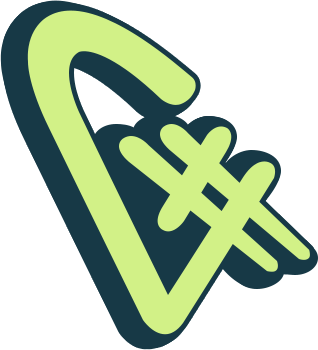My Design Process
Every digital experience I craft is unique. I use this flexible design process as a guide for every project I tackle.
STEP 1
Understanding the Business & Customer
I always start new projects with a stakeholder kickoff meeting to understand the business goals and intentions. I then focus on understanding and empathizing with the customer. I do this by making educated assumptions and observations surrounding: What are customers needs? How do customers think? How do customers feel? How do customers work? What motivates customers?
Empathizing with customers is essential in-order to deliver high-quality experiences.
I then do a competitor review. This helps me understand if there are any pre-existing industry standards or common patterns available. It’s also a chance to get inspired! What are others doing? Are they doing it well? Is there room for improvement?
STEP 2
Thinking & Forming Ideas
Data is KING – It must be thoughtfully organized, arranged, and tailored to specific personas / use cases.
This is also the time I start to think about the mood and tone we want to set and communicate to customers. I research design and technology trends being used by industry leaders. Using my findings, I curate an inspiration board to refer back to throughout the remainder of the project.
STEP 3
Bring Ideas into Existence
I typically start off with pencil and paper. This helps me generate and iterate on lots of ideas quickly. I then select the best suited design software to create:
- User Flow
- Information Architecture
- Wireframes
- User Interface Designs
- Interaction Designs
- Prototypes
As a UX specialist it’s my job to create outstanding user experiences. I continually ask myself 3 fundamental questions that are the building blocks for a good experience: 1) Is it easy to use? 2) Does it evoke positive emotions? 3) Is data arranged in the most powerful and insightful ways possible? Ideally, you would answer ‘Yes’ to all 3 questions in order to move to the next step.
STEP 4
Make Discoveries & Validate Assumptions
This step is crucial to improving the user experience. Feedback gathering techniques I always recommend and try to incorporate into the process and system include:
- Usability Testing
- Customer Interviews
- Conducting Surveys
- Integrated Feedback Forms
- Tracking User Activity
- Social Media Engagement
Repeat
Steps 2 – 4 are repeated until we land on a digital experience that we feel is ready for the customer. Throughout this process, I’m either collaborating, brainstorming, reviewing designs, and / or gathering feedback from stakeholders and cross-functional team members.
